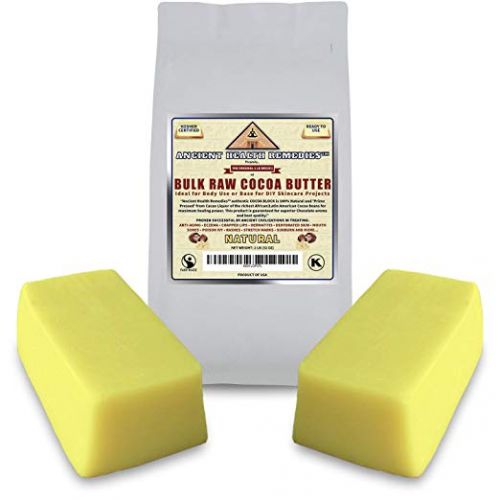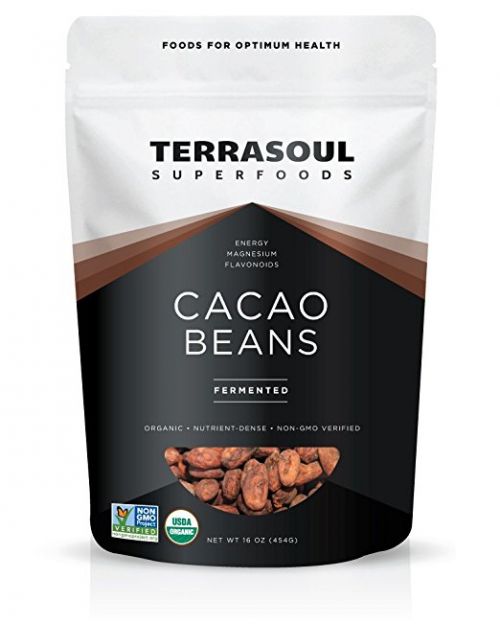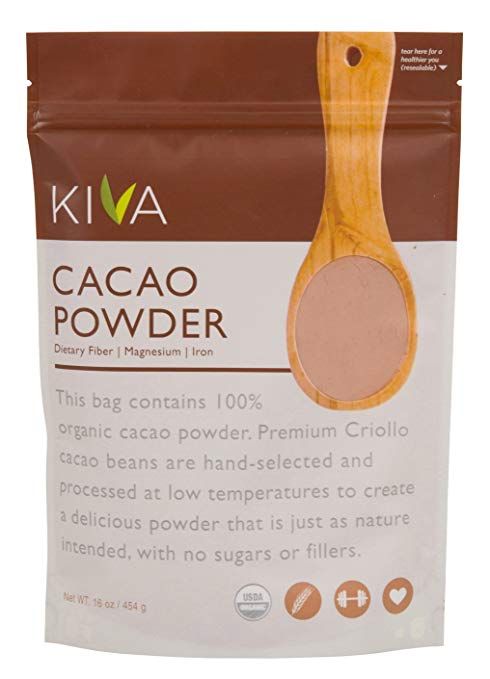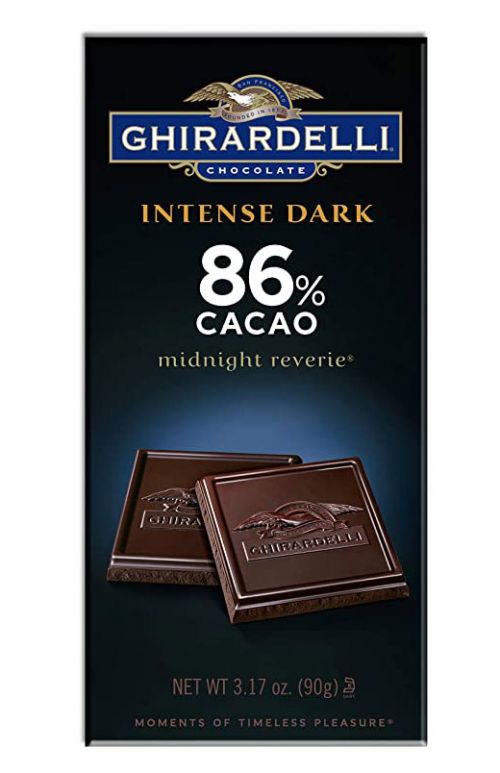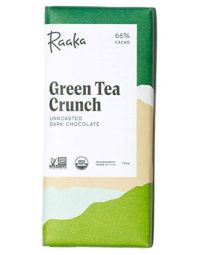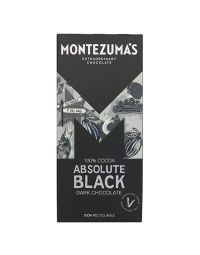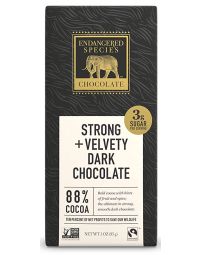The health benefits of cocoa powder and chocolate have gained considerable attention lately. Despite being high in sugar and saturated fats, chocolate does contain beneficial organic compounds produced by cacao beans. With the highest concentration of cocoa solids, dark chocolate and pure cocoa powder contain the highest nutritional content, but have the potential to contain higher amounts of cadmium.

How are Dark, Milk, and White Chocolate Different?
All three types of chocolate are derived from cacao beans in some way. The differences lie in which parts of the beans are used and what extra ingredients are added. Chocolate making starts by roasting and grinding cocoa beans into a liquid state. From this, cocoa butter (the easily melting fats) and cocoa solids (the bean remnants without the butter) are separated. Cocoa powder is the powdered form of cocoa solids.1
Dark chocolate is the most akin to the original cocoa beans as it contains both cocoa solids and cocoa butter. Only sugar, in varying amounts, is added to the cocoa products to make dark chocolate. Milk chocolate is similar to dark chocolate in that it also contains cocoa solids, cocoa butter, and sugar. However, it also contains milk solids, and so has a lower percentage of cocoa solids. White chocolate does not contain any cocoa solids, only cocoa butter, sugar, and milk solids. Sometimes, extra flavorings such as vanilla may be added to white chocolate.1


Cocoa Butter has Few Health Benefits
Cocoa butter is predominately made of triglycerides, a large proportion of which are saturated fats. Externally, it provides nourishment and moisture protection for skin, so it is included in many topical skin care products. However, its health benefits are limited to the surface. For a while, some health researchers thought that eating cocoa butter could help lower cholesterol. This theory has since been shown to be unfounded. Fortunately, cocoa butter does not seem to raise cholesterol levels either.2,3 About a third of the lipid content of cocoa butter is stearic acid, which is thought to reduce the buildup of plaque in your arteries.4

Health Benefits of Cocoa Solids
Cocoa beans contain a variety of different vitamins, minerals, and other beneficial compounds, which are retained in the solids used in chocolate. These solids contain a significant amount of iron, moderate amounts of magnesium, and small amounts of zinc, calcium, and potassium. They also contain low amounts of B vitamins, and vitamins A, E, and K.5 You can also find a number of phytochemicals, or plant-made compounds with biological activities, in cocoa beans. These phytochemicals include flavanols and polyphenols with antioxidant, anti-inflammatory, and other healthful properties. A well-known example is caffeine, which boosts energy and mental alertness.6

Dark Chocolate has the Most Health Benefits
With the highest cocoa content, dark chocolate is the best choice for getting the health benefits of cocoa beans. Indeed, by eating moderate amounts of dark chocolate daily, you can lower your blood pressure by two or three points, reduce your stress levels, and possibly even reduce your blood lipids like cholesterol and triglycerides. Its antioxidant and anti-inflammatory properties can help protect your cells from damage.7,8
Dark chocolate still has a relatively high amount of saturated fat and sugar, so should still be treated as a snack food. Milk and white chocolates have higher amounts of fats and sugars with lower beneficial cocoa solids. For the greatest benefits without the unhealthy additives, you can buy pure cocoa powder from the store, often sold in the baking section. You can add cocoa powder to other foods to add flavor, or mix your own chocolate items where you can control the fat and sugar added.

Some Cocoa Contains Unhealthy Levels of Cadmium
Cadmium is a heavy metal that occurs naturally in the soil, or can appear in the environment from industrial or agricultural contamination. Cacao trees can absorb it and store it in cocoa beans. When eaten, it can accumulate in our bodies for many years, and it is known to cause kidney failure, bone demineralization, and cancer. A large proportion of commercial chocolate bars tested exceed the maximum amount recommended by the European Union and other health regulatory agencies.9,10
The non-profit organization As You Sow has compiled a fairly comprehensive list of which chocolate brands exceed California’s safety standards for lead and cadmium, and which meet these safe levels.
As You Sow has conducted independent laboratory testing and found that 96 of the 127 chocolate products tested contain lead and/or cadmium above California’s MADLs, including Trader Joe’s, Hershey’s, Mondelēz, Lindt, Whole Foods, Kroger, Godiva, See’s Candies, Mars, Theo Chocolate, Equal Exchange, Ghirardelli, and Chocolove. Note that the specific Ghiradelli chocolate shown here has passed as safe.
Our Recommendation: Ghiradelli Intense Dark Midnight Reverie (86% Cacao) which has been tested by SOW to have safe levels of cadmium and lead.
[1] Marsh CE, Green DJ, Naylor LH, Guelfi KJ. 2017. “Consumption of dark chocolate attenuates subsequent food intake compared with milk and white chocolate in postmenopausal women.” Appetite. Sep 1; 116:544-551. https://www.ncbi.nlm.nih.gov/pubmed/28572069
[2] Kris-Etherton PM, Derr J, Mitchell DC, Mustad VA, Russell ME, McDonnell ET, Salabsky D, Pearson TA. 1993. “The role of fatty acid saturation on plasma lipids, lipoproteins, and apolipoproteins: I. Effects of whole food diets high in cocoa butter, olive oil, soybean oil, dairy butter, and milk chocolate on the plasma lipids of young men.” Metabolism.Jan; 42(1):121-129. https://www.ncbi.nlm.nih.gov/pubmed/8446039?dopt=Abstract
[3] Cheng C, Wang D, Xia H, Wang F, Yang X, Pan D, Wang S, Yang L, Lu H, Shu G, He Y, Xie Y, Sun G, Yang Y. 2018. “A comparative study of the effects of palm olein, cocoa butter and extra virgin olive oil on lipid profile, including low-density lipoprotein subfractions in young healthy Chinese people.” Int J Food Sci Nutr. Aug 30:1-12. https://www.ncbi.nlm.nih.gov/pubmed/30160543
[4] Magrone T, Russo MA, Jirillo E. 2017. “Cocoa and Dark Chocolate Polyphenols: From Biology to Clinical Applications.” Front Immunol 8:677. https://www.ncbi.nlm.nih.gov/pmc/articles/PMC5465250/
[5] United States Department of Agriculture. “Basic Report: 19904, Chocolate, dark, 70-85% cacao solids.” National Nutrient Database. https://ndb.nal.usda.gov/ndb/foods/show/6453
[6] Magrone T, Russo MA, Jirillo E. 2017. “Cocoa and Dark Chocolate Polyphenols: From Biology to Clinical Applications.” Front Immunol 8:677. https://www.ncbi.nlm.nih.gov/pmc/articles/PMC5465250/
[7] Ried K, Sullivan TR, Fakler P, Frank OR, Stocks NP. 2012. “Effect of cocoa on blood pressure.” Cochrane Database Syst Rev. Aug 15; 8:CD008893. https://www.cochranelibrary.com/cdsr/doi/10.1002/14651858.CD008893.pub2/full
[8] Higginbotham E, Taub PR. 2015. “Cardiovascular Benefits of Dark Chocolate?” Curr Treat Options Cardiovasc Med. Dec; 17(12):54. https://www.ncbi.nlm.nih.gov/pubmed/26456559
[9] European Commission. “Cadmium in food.” https://ec.europa.eu/food/safety/chemical_safety/contaminants/catalogue/cadmium_en
[10]“Toxic Chocolate.” As You Sow. https://www.asyousow.org/environmental-health/toxic-enforcement/toxic-chocolate/
-
Dark Chocolate Benefits
By Dr. AnnaDecember 21, 2021
Search the blog
Article Categories
- All Articles (95)
- Rating Charts (1)
- Beauty & Skincare (17)
- FAQ (0)
- Hair Care (9)
- Health & Wellness (12)
- Anti-Aging (4)
- Kid's Health (0)
- Makeup (2)
- Men's Health (2)
- Oral Care (3)
- Sunscreen (7)
- Skin Tools & Treatments (10)
- Supplements (26)
- Videos (0)


